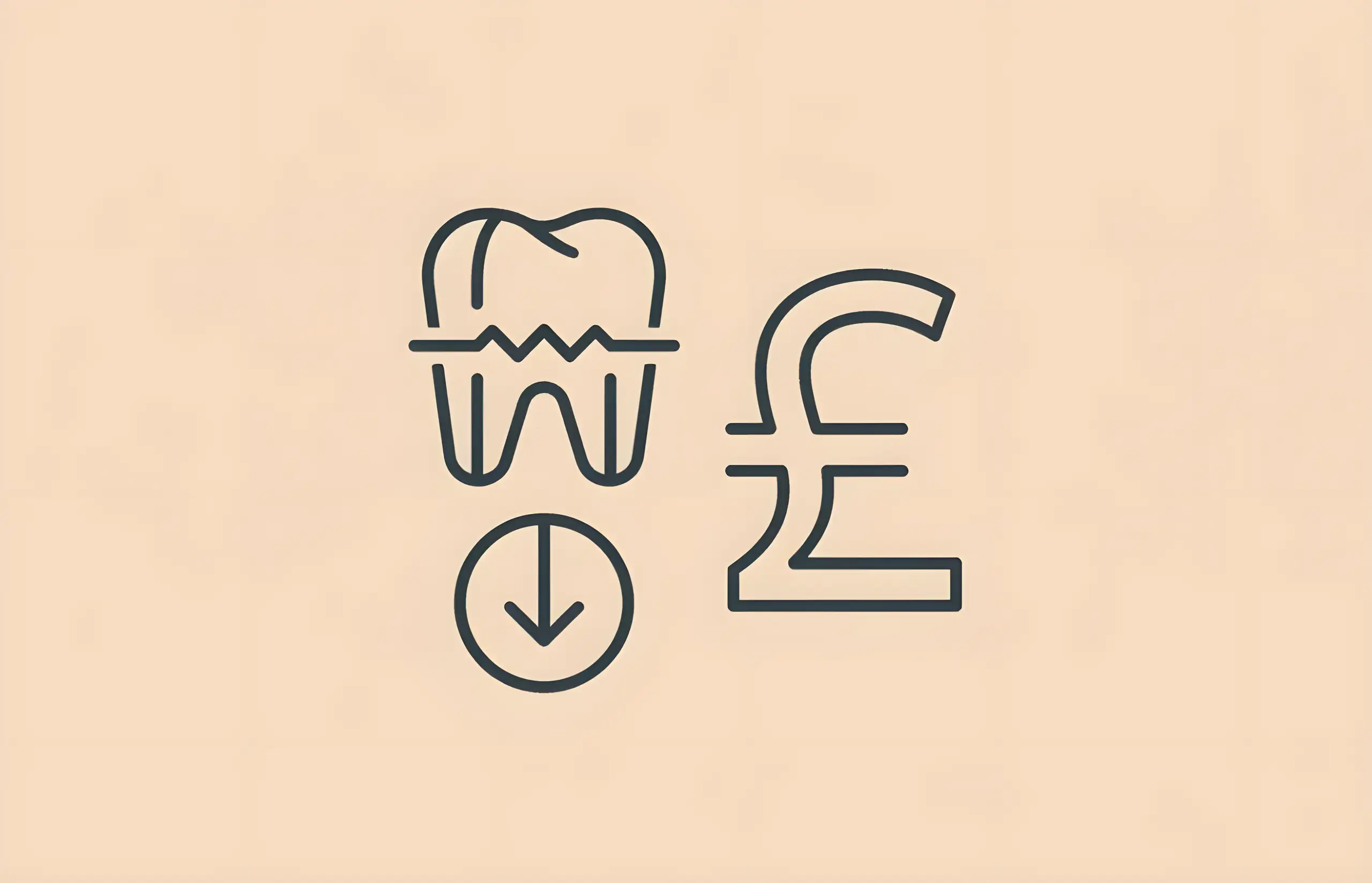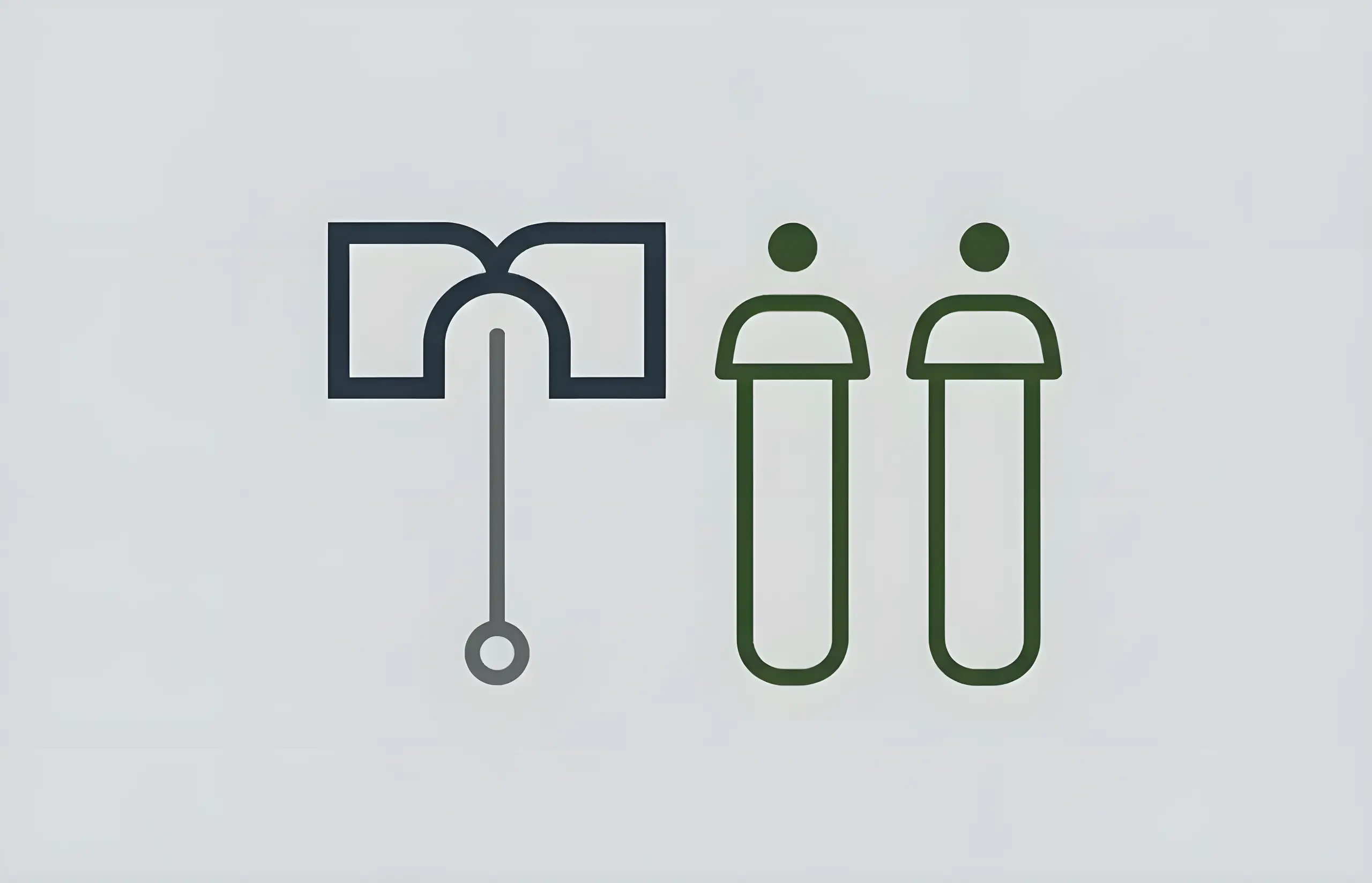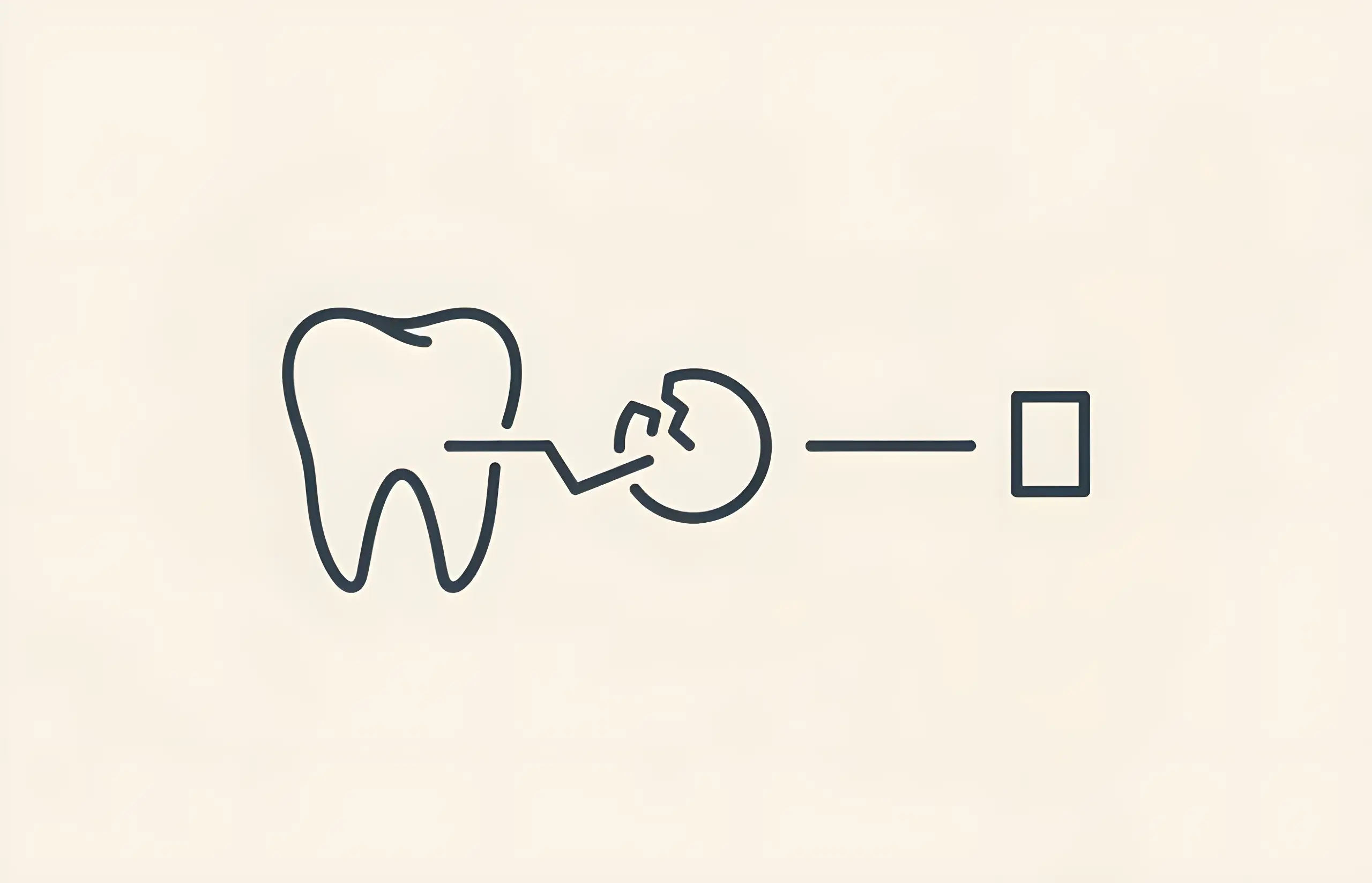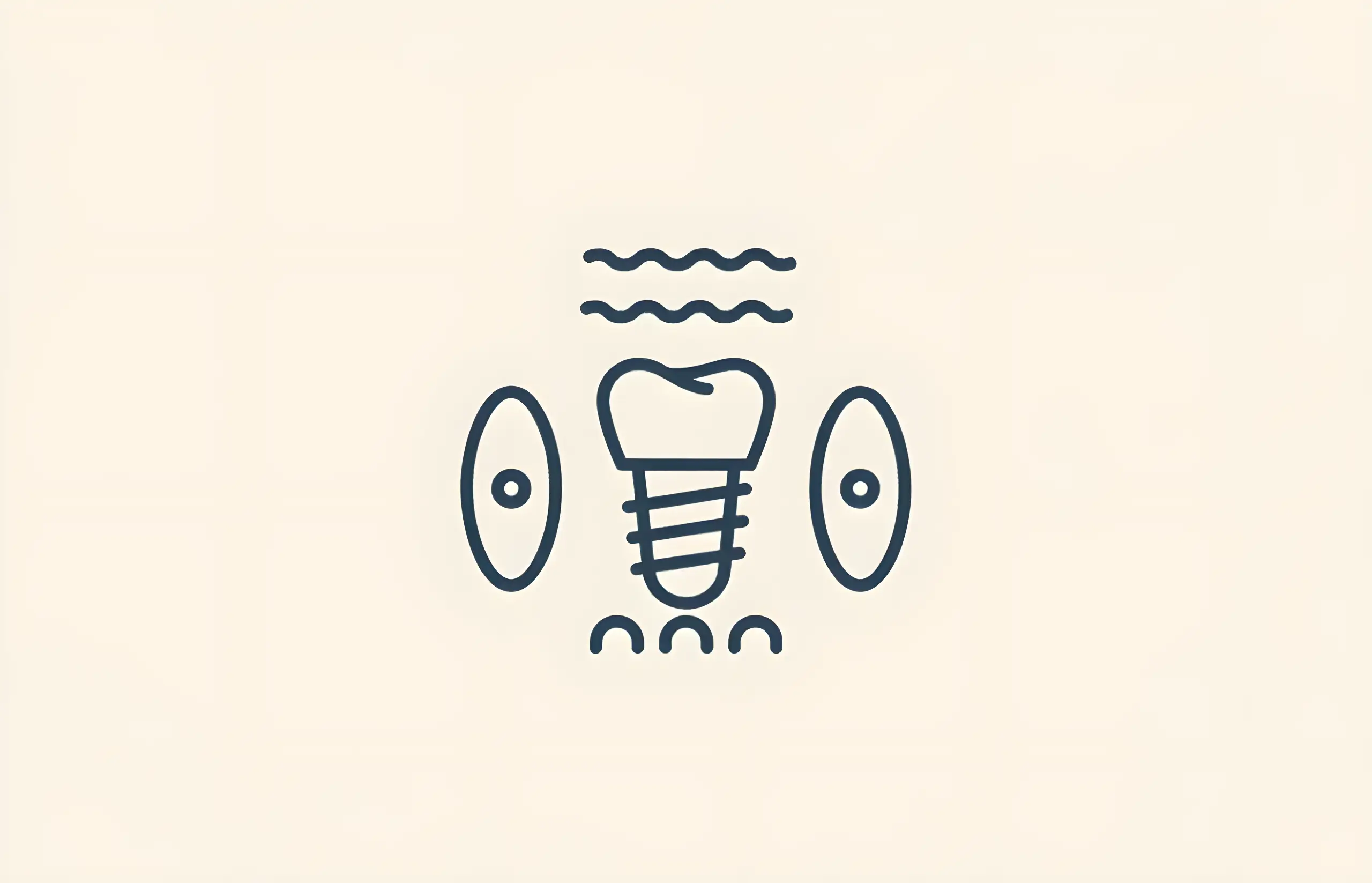Dental braces have been around in one form or another for decades. One of the advancements which has occurred during recent times is the ability for a child or adult to choose ceramic braces over their traditional metal counterparts.
Some are unfamiliar with how these mechanisms differ from metallic braces and they may not be aware of some common issues that could indicate their use. To take the guesswork out of this process, let's have a quick look at these types of braces in greater detail.
Similarities Between Ceramics and Metallic Braces
The main similarity between ceramics and normal braces is that there will be a metallic wire connecting each individual tooth. In the very same way, tightening occurs much as it normally would.
Ceramics can still cause a certain amount of discomfort; their surfaces may irritate those with sensitive teeth and gums. Much as with metal braces, regular brushing and flossing must occur to prevent the accumulation of plaque.
Differences
Ceramic is not as strong as metal. So, smaller adjustments will need to take place to achieve the same visual results. To put it another way, ceramics normally have to be worn longer than traditional braces. They are also more fragile and thus, susceptible to accidental damage.
As ceramic is harder than tooth enamel, there can be times when these braces cannot be placed upon the bottom row of teeth (for example, if the patient has an overbite and the braces would dig into the top teeth).
We should mention here that ceramics can be noticeably more expensive than metal braces. This arises from the cost of manufacturing the brackets themselves as well as the increased treatment times.
On a final note, ceramic bases tend to be larger than metallic bases. A wider surface area of the tooth is needed to keep the appliances in place. There can be instances when this increased size causes discomfort to the inside cheeks or gums. Still, this is not always the case.
Why Are These Braces Used?
It should be noted that from a purely medical point of view, the same results can be achieved with ceramics as would be experienced with metallic braces. The main reason that one would choose this alternative revolves around aesthetic concerns.
Dentists could recommend ceramics to a patient who has extremely light-coloured teeth (they will be much less noticeable). Ceramics can be formed in a variety of different hues and another popular option is for the braces themselves to be completely clear (except for the wire). Anyone who is extremely self-conscious might choose this possibility.
Are ceramic braces the right option for you or for someone you know? Taking into account the variables that we have just discussed should clarify this question. While they have certain downsides (such as longer treatment times and the possibility of breakage), the aesthetic appeal offered could very well supersede these concerns. As we are provided with only one smile, this can be quite an important decision!
Sources and References
-
[1]
The fracture strength of ceramic brackets: a comparative studyAmerican Journal of Orthodontics and Dentofacial Orthopedicshttps://pubmed.ncbi.nlm.nih.gov/2256564/
-
[2]
A Clinical Comparison of Failure Rates of Metallic and Ceramic Brackets: A Twelve-Month StudyInternational Journal of Dentistryhttps://www.ncbi.nlm.nih.gov/pmc/articles/PMC7199564/
-
[3]
Clinical characteristics and properties of ceramic brackets: A comprehensive reviewAmerican Journal of Orthodontics and Dentofacial Orthopedicshttps://pubmed.ncbi.nlm.nih.gov/9228839/
-
[4]
Enamel abrasion from ceramic orthodontic brackets under an artificial oral environmentAmerican Journal of Orthodontics and Dentofacial Orthopedicshttps://pubmed.ncbi.nlm.nih.gov/2378315/
-
[5]
A Review on Orthodontic Brackets and Their Application in Clinical OrthodonticsJournal of Pharmacy and Bioallied Scienceshttps://www.ncbi.nlm.nih.gov/pmc/articles/PMC10626255/
All sources accessed and verified on . Medical information reviewed for accuracy and compliance with current guidelines.
Related Articles

How Much Do Adult Braces Cost?
Comprehensive Cost Analysis (£1,500-£10,000 Range, 59% Out-of-Pocket, 6.31 Months Shorter with Aligners)

Invisible Braces – Braces Worn Behind Your Teeth
Complete guide to lingual braces fitted behind teeth, including how they work, the fitting process, treatment duration, and benefits of this invisible orthodontic option

How Much Do Braces Cost in the UK?
A comprehensive guide to braces costs in the UK, covering different types of braces from metal to Invisalign and their price ranges

A Guide to Dental Braces for Kids
Comprehensive information about orthodontic braces for children and teenagers, including types of braces, treatment duration, costs, and oral care during treatment

The Different Types of Braces Available
Comprehensive guide to orthodontic braces including fixed, removable, lingual, Invisalign, and functional braces with cost comparisons

How Do Braces Work?
Comprehensive guide to orthodontic tooth movement including biological mechanisms of bone remodeling, treatment duration, force application, periodontal ligament response, and retention protocols

How Long Do Braces Take?
Comprehensive guide to orthodontic treatment duration including individual factors, planning stages, fitting procedures, treatment timeframes from 6 months to 3 years, and adjustment schedules

How Long Do You Have To Wear Braces?
Treatment Duration and Retention Protocols (19.9 Months Average, 13.3% Relapse Fixed Retainers)

How Much Do Ceramic Braces Cost?
Comprehensive guide to ceramic braces costs including pricing factors, insurance coverage, treatment duration, dentist fees, cost-saving strategies, and comparison with other brace types

How Much Do Clear Braces Cost?
Comprehensive Pricing Analysis (£2,500-£4,500, 67% Shorter Duration, 85% Patient Satisfaction vs 65%)

A Guide to Invisible Braces
Comprehensive information about invisible braces (clear aligners), including benefits, effectiveness, costs, and how they compare to traditional metal braces

How to Make Your Teeth Straight Without Braces
Discover modern alternatives to traditional braces including clear aligners, at-home straightening services, surgical options, and palatal expanders

Metal Braces: A Simple Guide
Comprehensive guide to traditional metal braces for correcting misaligned teeth, including how they work, common conditions requiring braces, and modern improvements
About The Dental Guide
The Dental Guide is a trusted online resource providing evidence-based information about dental health, treatments, and procedures. Our content is created and reviewed by qualified dental professionals to help you make informed decisions about your oral health.
Our Mission
- Evidence-based dental information
- Expert-reviewed content
- Clear, accessible explanations
- Latest treatment options
- Patient-focused guidance
Editorial Standards
- GDC-registered dental professionals
- Peer-reviewed sources
- Regular content updates
- Medical accuracy verification
- Transparent authorship
Important Notice
The information on The Dental Guide is for educational purposes only and should not replace professional dental advice. Always consult with a qualified dentist for diagnosis and treatment recommendations tailored to your individual needs and circumstances.
Medically Reviewed
Reviewed by Dr. Nasim Mechoui , BDS (Bristol)
Share this article
Comments & Discussion
Have questions about dental implants? Share your thoughts or experiences.